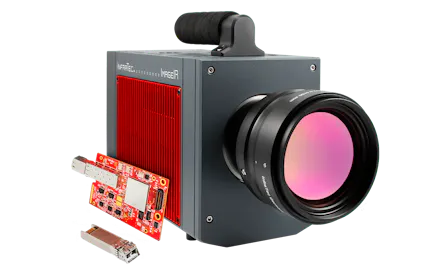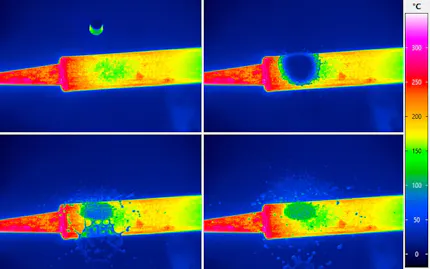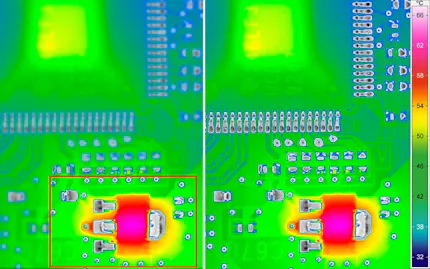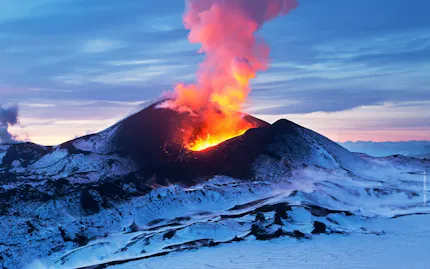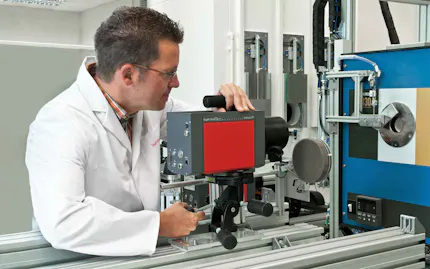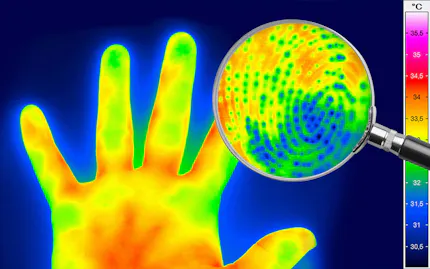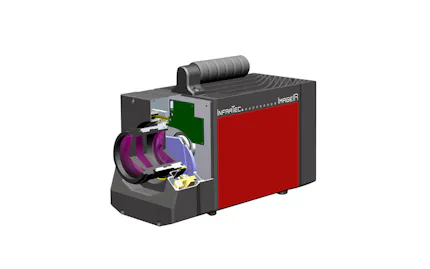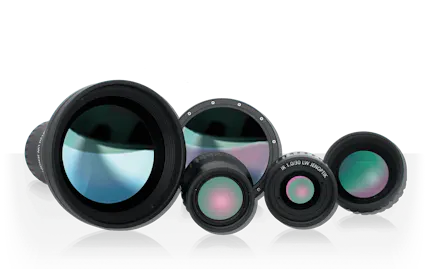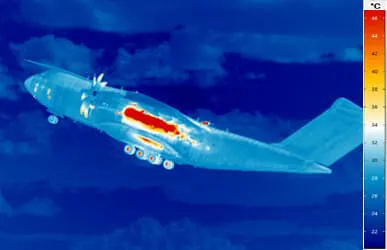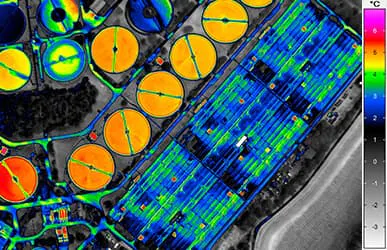Optically Aided Autonomous Landing of Aircraft
As part of the “C2Land” project researchers at the Technical University of Braunschweig have developed an optical reference system consisting of a VIS and an infrared camera that enables safe autonomous landing. Specially programmed image processing software can be used to determine the exact position of the aircraft relative to the runway.
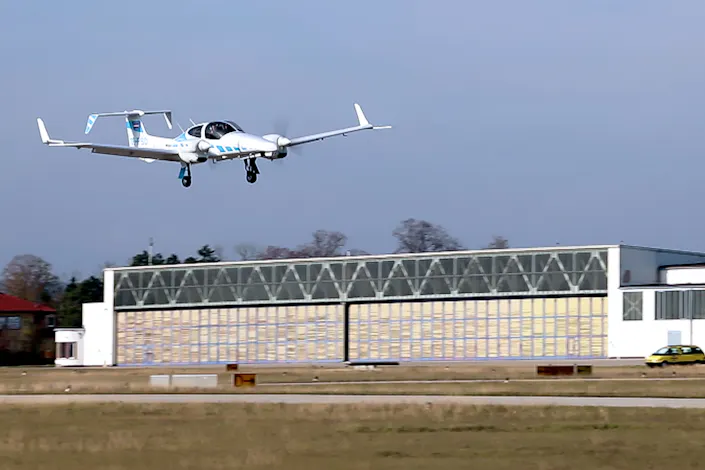
Autonomous driving offers many benefits. For example, it helps reduce individual errors that can lead to accidents. What is not yet within reach on the road is already part of everyday life in the air. At large airports, the instrument landing system (ILS) enables commercial aircraft to land automatically and precisely.
However, these ground-based systems are often not available at smaller airports, partly because they are very expensive. As part of the “C2Land” project funded by the Federal Ministry for Economic Affairs and Climate Protection, researchers at the Technical University of Braunschweig have developed an optical reference system consisting of a VIS and an infrared camera that enables safe autonomous landing. Specially programmed image processing software can be used to determine the exact position of the aircraft relative to the runway.
InfraTec Solution
TU Braunschweig
Institute of Flight Guidance
tu-braunschweig.de/en/iff/institut
Project:
tu-braunschweig.de/en/iff/institut/ research/projects/c2land
Thermal imaging system:
VarioCAM® HD head 620, 15 mm-lens, VarioCAM® HD head 920
The autopilot in aircraft navigates using GPS signals as standard. However, the system is susceptible to measurement errors, for example due to atmospheric disturbances. In addition, measurement errors cannot always be reliably detected. To ensure a safe landing, pilots must therefore continue to take control themselves from an altitude of 60 metres.


The aim of the scientists at TU Braunschweig, together with other project partners, was to enable fully automatic landing of eVTOLs (electrically powered aircraft that can take off and land vertically) and fixed-wing aircraft. They wanted to reliably detect runway features such as sidelines and thresholds and use them to determine the relative position of the aircraft. The VarioCAM® HD head thermographic system from InfraTec complements the RGB camera, which is often ‘blind’ in poor visibility conditions such as haze, twilight, or backlighting.
A particular challenge for the scientists was that the analyses had to be carried out under real-life conditions, that is, under very harsh and dynamic conditions. The aircraft’s movements and accelerations, as well as widely varying measurement distances and environmental factors, placed high demands on the optical reference system, that had to be developed.
The VarioCAM® HD head 620 with a 15 mm lens was used as the IR component. The robust system camera was chosen because its geometrical resolution of (640 x 480) IR pixels and high contrast, which results from its excellent thermal resolution, guarantee high positioning accuracy. Secondly, PPS triggering (PPS: Pulse per Second) allowed the camera's measurement data to be provided with an accurate time stamp and thus reliably synchronized with other measurement and status data. An exact determination of temperatures, however, was not required. Using a GigE interface, the image data generated by the VarioCAM® HD was exchanged directly with the processing system, processed by the image software, and recorded in a lossless compressed format.
Within the framework of the project, the researchers added several new functions to the software. These included synchronizing the data from both cameras with the GPS signals, calculating a virtual guidance beam for the landing approach, and flight control for different phases of the approach. The use of InfraTec's infrared camera significantly increased the availability of measurement data, making autonomous landing safer.
The C2Land project, funded by the Federal Ministry for Economic Affairs and Climate Protection and administered by DLR Space Administration, has now been successfully completed. Uncooled infrared cameras with higher geometrical and thermal resolution are now available, such as the VarioCAM® HD head 920 with (1,024 x 768) IR pixels. “This significantly advances us toward the practical use of an optical landing system. Our analyses have demonstrated the technical feasibility of an optical automatic landing system for the new class of eVTOL aircraft and for fixed-wing aircraft,” explains project manager Finn Hübner. “The new infrared cameras from InfraTec with higher IR and thermal resolution enable more robust detection from distances that were never thought possible."
Header picture: Fly-by-wire research aircraft DA42 from the Technical University of Munich during an automatic landing in Wiener Neustadt.
Copyright: Andreas Dekiert
